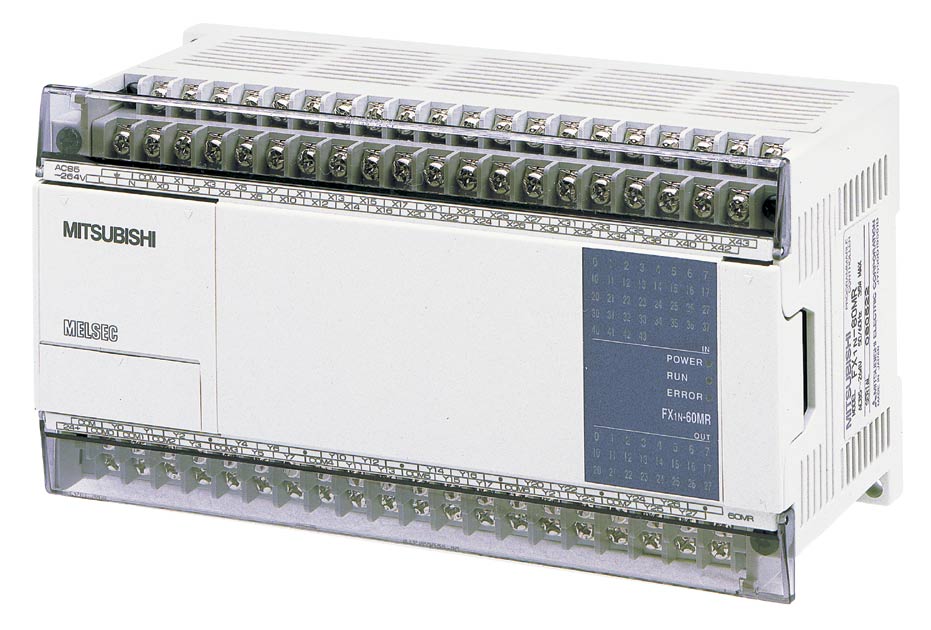If you have used one of these controllers that can take all the responsibilities and can make you stress free then you know that what is PLC and what are the functions it can perform. But, if you are new to this things, then you need to know a lot about it. You must be tired of using the old traditional safety measures, which can take a lot of time and can waste many working hours. Which results in having the minimum production and overall loss of the industry. So we are here to tell you about the basics of PLC and how it operates.
Before you go on to the operations of PLC, let’s take a look on what is inside it. It has a central processing unit which contains internal programs which tells PLC how to perform specific sets of functions. The CPU can execute the control instructions which are contained in the user’s programs. Even if you will remove the power this program will still be there because it is stored on the non-volatile memory. The CPU can communicate with other devices too. Such as I/O devices, programming devices, networks and even other programmable logic controllers. With activities like communications it can also perform internal diagnostics. So, it does sound a trust worthy controller to replace the old fashioned control system which require a lot of time and engineering cost.
Operation of PLCs
How PLCs operate? Or how any other computer program operates? Well, just like other computer applications and programs, it also works on the same principle. The operations of PLC are based on four steps. Input scans, program scan, Output scans and housekeeping. After the completing the process one time, it goes back to the first step and repeat the process in a loop.
Input Scan
In the process of input scanning, it will scan all the input devices and detects the states of all the input devices which are connected to the plc.
Program Scan
When it comes to the program scanning, it will start the execution of the program which was created by the user. It will then execute the user created program logic.
Output scan
In the process of output scanning, it energizes and de-energizes all the output devices which are connected to the PLC.
Housekeeping
In housekeeping, it will communicate and programming terminals and perform the necessary functions. It will also perform internal diagnostics at this final step.

